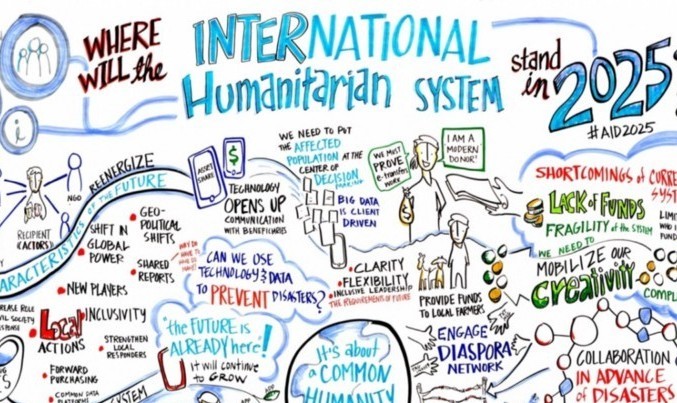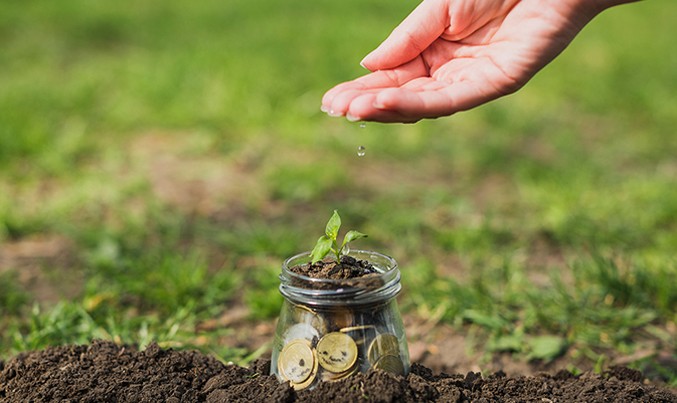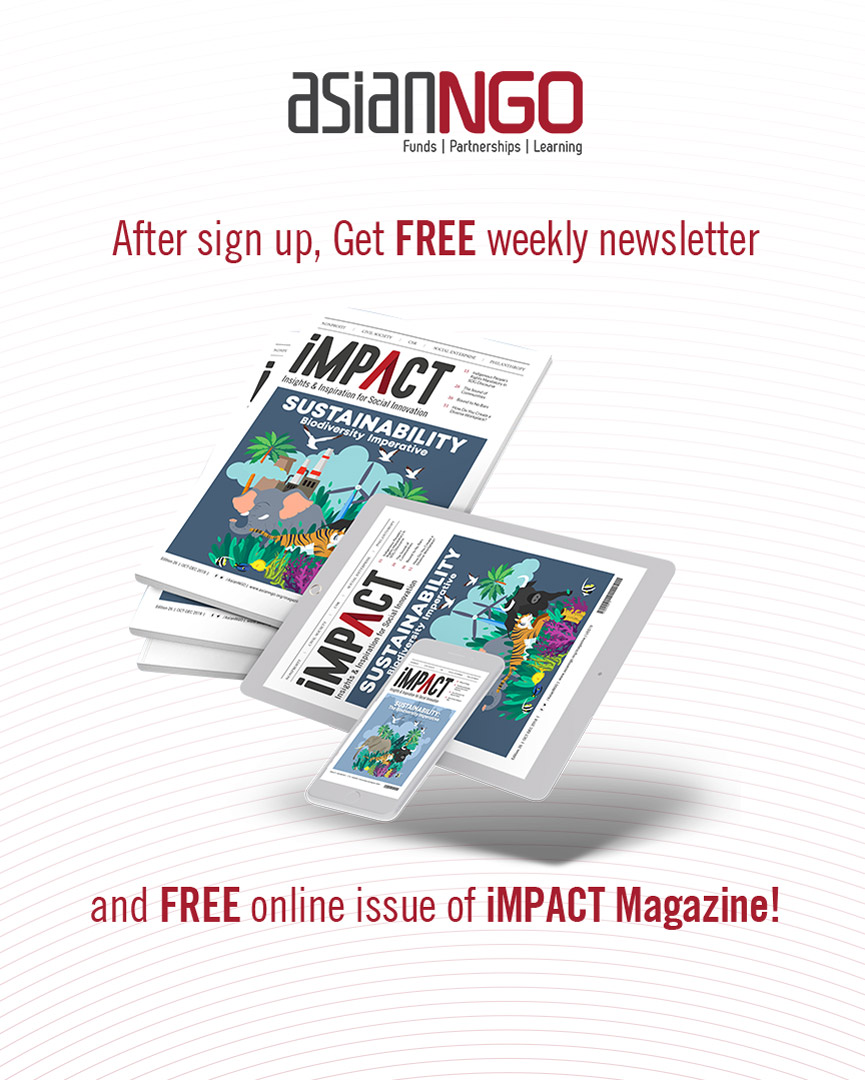Speaking at Humanitarian Network and Partnerships Week in Geneva in February this year, Under-Secretary General of the UN and Director-General of the UN Office in Geneva Ursula Mueller — the highest-ranking German woman at the UN, remarked on the global climate of fear, isolationism and trust.
The volume, cost and length of humanitarian assistance and protection has grown significantly, with 132 million people in need. If they were a nation, they would be the tenth most populated country on the planet.
Collaboration, Mueller believes cannot be understated, because “solutions to these challenges cannot be solely found in the humanitarian sphere”. Only through broad collaboration across sectors can we solve these dramatic issues and support communities beyond humanitarian help because it really is as simple as, we are stronger when we work together.
With 80% of funding now spent in fragile states, and half of all international assistance going towards just 4 crises in Syria, Yemen, South Sudan and Iraq, political solutions must lie at the heart of intervention. “Whether we like it or not, the power of governments to solve problems is much more needed”, Mueller remarked.
The State of the Humanitarian System
ALNAP, the global network of NGOs, UN Agencies, donors, academics and the like dedicated to improving response to humanitarian crises, presented their report analysing the State of the Humanitarian System between (SOHS) 2015–2017.
By looking at three key areas; humanitarian needs, resources and trends in humanitarian performance and collecting a synthesis of over evaluations from thousands of interviews and surveys with aid practitioners, governments, recipients and crisis-affected people, the study revealed important findings.
In 2017, an estimated 201 million people required international humanitarian assistance — the highest number to date. The number of people forcibly displaced by conflict and violence reached 68.5 million and the majority of funding assisted a minority of crises. That year, Syria alone received 28% of total funding.
Funding was concentrated among the six largest international organisations who received 23% of total NGO spending, compared to 0.4% received directly by national and local NGOs. Interestingly, the report found most aid recipients did not see a significant difference in quality of aid received from international NGOs and national NGOs — this breaks down some of the assumptions made about national versus international relationship.
A small number of donor governments continued to contribute most of the international humanitarian assistance over the two years, with the top three UN agencies receiving most of the funding, including WFP, UNHCR and UNICEF.
Although funding by 2017 was the highest figure ever, at $27.3 billion, funding also appeared to have plateaued between the two years of the report, despite growing needs. There was a shortfall in funding UN appeals of $10.3 billion — the largest to date.
In the period 2015–17, there was significant rapid and unexpected change. A new geopolitical landscape emerged with crises shifting from sub-Saharan Africa to the Middle East, exposing the unpreparedness of the current humanitarian system. As needs grew, so did humanitarian contexts such as the European migration crisis and Ebola epidemic, which forced humanitarian agencies to reconsider their role and interventions unlike ever before.
There was notable improvement in life-saving performances, but the things that were set out to change by the community, such as localisation, accountability and links to development changed very little. Overall, the gap between the rapid rate of change in the world and the rate at which the humanitarian system is adapting to meet these changes is widening, meaning big challenges and hard questions lie ahead.











